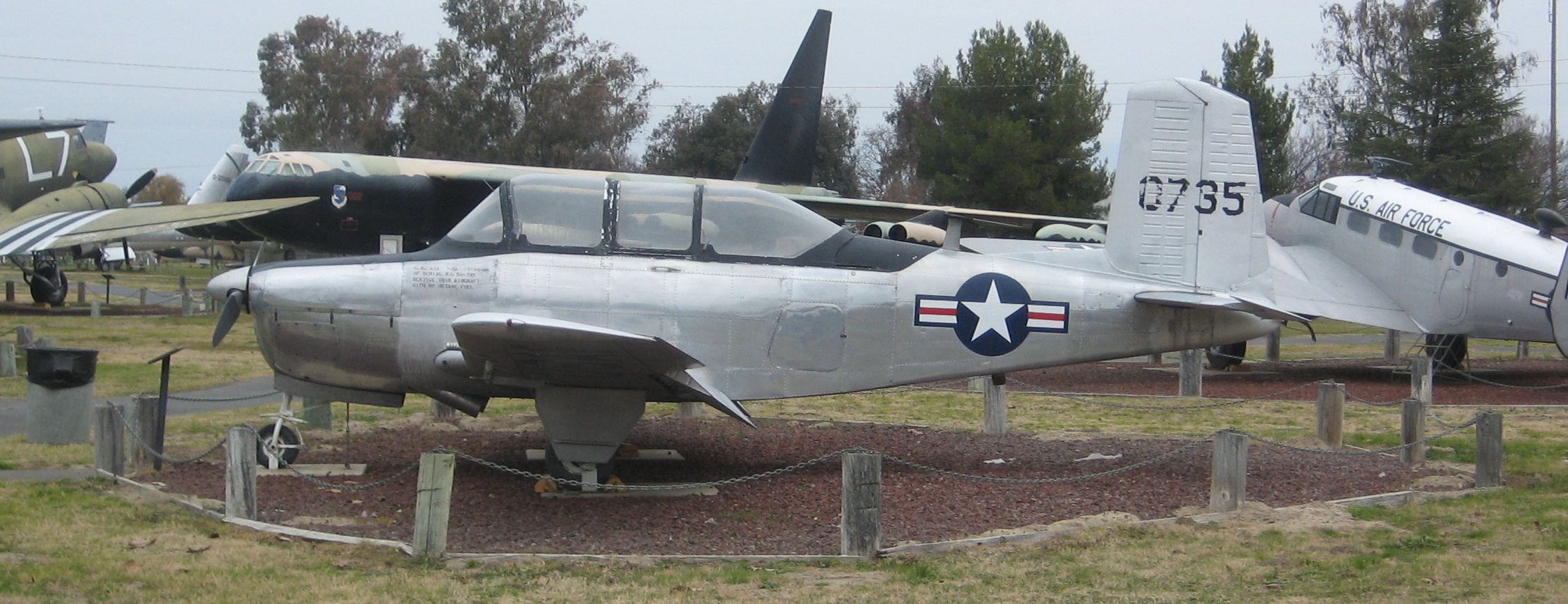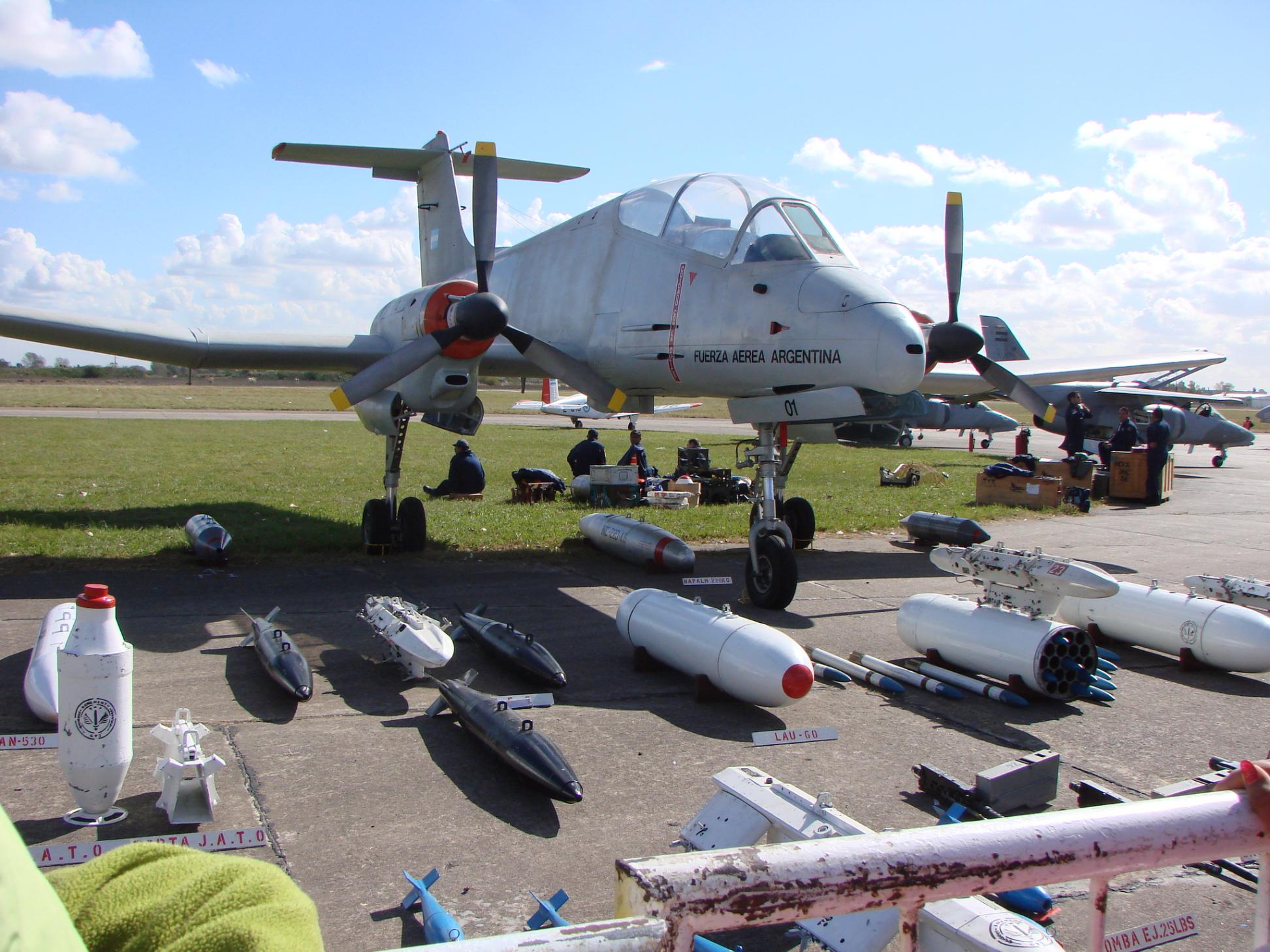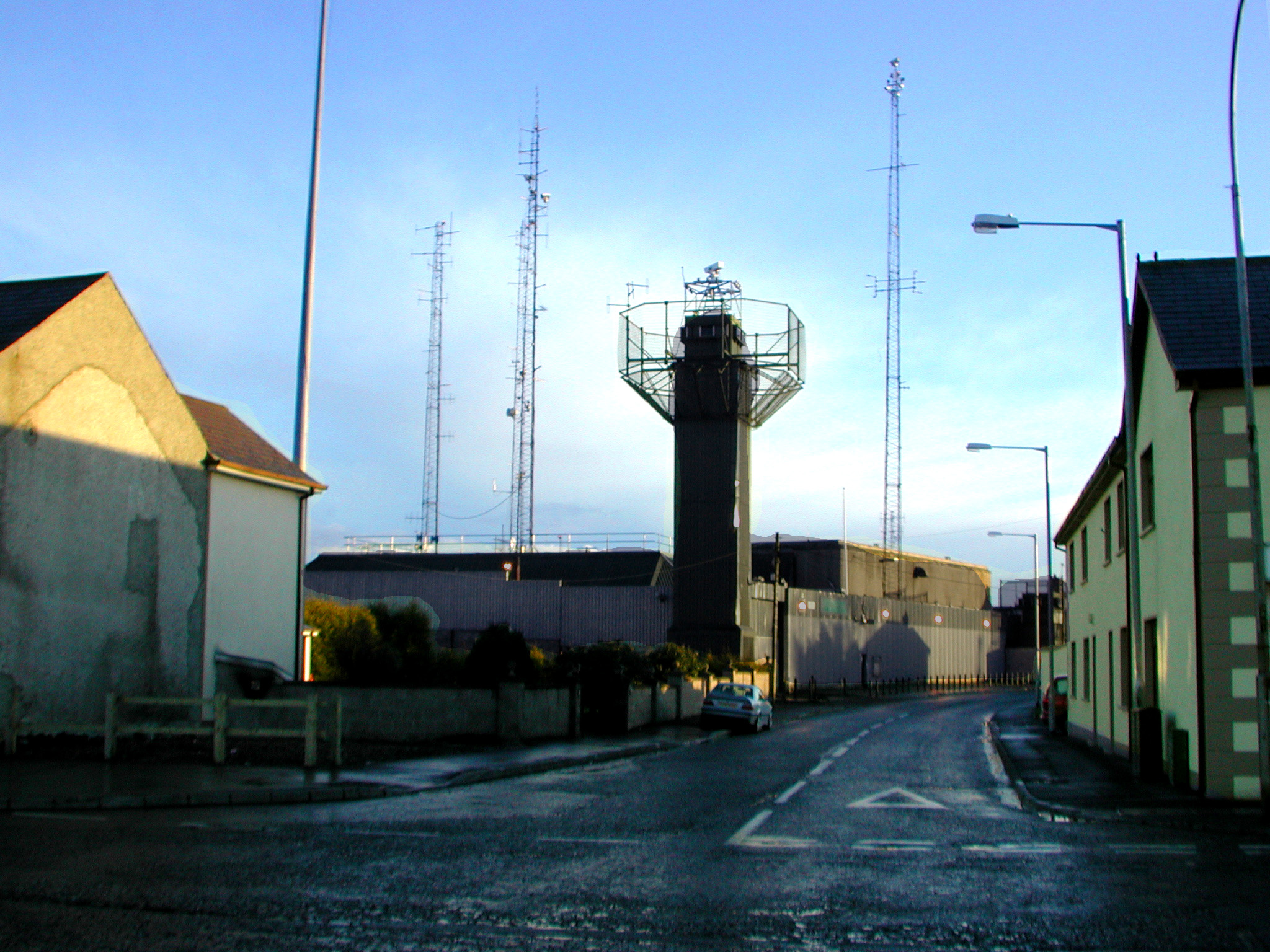|
Gavin Hamilton (British Army Officer)
Captain Gavin John Hamilton, MC (15 May 1953 – 10 June 1982) was a British Army infantry soldier. He was the Officer Commanding 19 (Mountain) Troop, D Squadron, 22 Special Air Service during the Falklands War when he was killed in action behind enemy lines on West Falkland. Military career After graduating from the Royal Military Academy, Sandhurst, Hamilton was commissioned as a subaltern with the Green Howards with the Service No.499793 in 1975, and served with the British Army in Cyprus, Belize, and South Armagh in Northern Ireland during Operation Banner. He was transferred into the Special Air Service in 1981, being attached initially to its D Squadron, 19 (Mountain) Troop. Falklands War South Georgia and Pebble Island Having survived two helicopter crashes in adverse weather conditions on the Fortuna Glacier in South Georgia during Operation Paraquet, two days later Hamilton led the advance elements of the forces which captured the main Argentine positions in Grytvike ... [...More Info...] [...Related Items...] OR: [Wikipedia] [Google] [Baidu] |
Harrogate
Harrogate ( ) is a spa town and the administrative centre of the Borough of Harrogate in North Yorkshire, England. Historically in the West Riding of Yorkshire, the town is a tourist destination and its visitor attractions include its spa waters and RHS Harlow Carr gardens. away from the town centre is the Yorkshire Dales National Park and the Nidderdale AONB. Harrogate grew out of two smaller settlements, High Harrogate and Low Harrogate, in the 17th century. For three consecutive years (2013–2015), polls voted the town as "the happiest place to live" in Britain. Harrogate spa water contains iron, sulphur and common salt. The town became known as 'The English Spa' in the Georgian era, after its waters were discovered in the 16th century. In the 17th and 18th centuries its 'chalybeate' waters (containing iron) were a popular health treatment, and the influx of wealthy but sickly visitors contributed significantly to the wealth of the town. Harrogate railway station and Har ... [...More Info...] [...Related Items...] OR: [Wikipedia] [Google] [Baidu] |
Subaltern (military)
A subaltern () is a primarily British military term for a junior officer. Literally meaning " subordinate", subaltern is used to describe commissioned officers below the rank of captain and generally comprises the various grades of lieutenant. United Kingdom In the British Army, the senior subaltern rank was captain-lieutenant, obsolete since the 18th century. Before the Cardwell Reforms of the British Army in 1871, the ranks of cornet and ensign were the junior subaltern ranks in the cavalry and infantry respectively, and were responsible for the flag. A subaltern takes temporary command of proceedings during Trooping the Colour. Within the ranks of subaltern, in a battalion or regiment, a Senior Subaltern may be appointed, usually by rank and seniority, who is responsible for discipline within the junior officer ranks and is responsible to the adjutant for this duty, although the adjutant is ultimately responsible to the commanding officer for the discipline of all the ... [...More Info...] [...Related Items...] OR: [Wikipedia] [Google] [Baidu] |
Port Stanley
Stanley (; also known as Port Stanley) is the capital city of the Falkland Islands. It is located on the island of East Falkland, on a north-facing slope in one of the wettest parts of the islands. At the 2016 census, the city had a population of 2,460. The entire population of the Falkland Islands was 3,398 on Census Day on 9 October 2016. Stanley is represented by five of the eight elected members of the Legislative Assembly of the Falkland Islands, Stacy Bragger, Barry Elsby, Mark Pollard, Roger Spink and Leona Vidal Roberts. An elected Town Council of Stanley existed from 1948 to 1973. On 20 May 2022, it was announced that, as part of the Platinum Jubilee Civic Honours, Stanley would receive city status. On 14 June 2022, Stanley received letters patent, formally awarding it city status. Facilities and infrastructure Stanley is the main shopping centre on the islands and the hub of East Falkland's road network. Attractions include the Falkland Islands Museum, ... [...More Info...] [...Related Items...] OR: [Wikipedia] [Google] [Baidu] |
San Carlos, Falkland Islands
San Carlos is a settlement in northwestern East Falkland, lying south of Port San Carlos on San Carlos Water. It is sometimes nicknamed "JB" after a former owner, Jack Bonner. The settlement consists of a number of properties including a dwelling with a small cafe which also provides craft facilities. As noted in the history section, there is a small museum that pays homage to the Falklands Conflict as well as local nature and culture. History The settlement is named after the ship ''San Carlos'', which visited in May 1768. San Carlos grew in the early twentieth century around a factory which froze sheep carcasses. In 1982 San Carlos was the main British Army bridgehead during the Falklands War, when it was codenamed "Blue Beach". A museum A museum ( ; plural museums or, rarely, musea) is a building or institution that cares for and displays a collection of artifacts and other objects of artistic, cultural, historical History (derived ) is the systematic stud ... [...More Info...] [...Related Items...] OR: [Wikipedia] [Google] [Baidu] |
T-34 Mentor
The Beechcraft T-34 Mentor is an American propeller-driven, single-engined, military trainer aircraft derived from the Beechcraft Bonanza, Beechcraft Model 35 Bonanza. The earlier versions of the T-34, dating from around the late 1940s to the 1950s, were piston engine, piston-engined. These were eventually succeeded by the upgraded T-34C Turbo-Mentor, powered by a turboprop engine. The T-34 remains in service more than seven decades after it was first designed. Design and development The T-34 was the brainchild of Walter Beech, who developed it as the Beechcraft Model 45 private venture at a time when there was no defense budget for a new trainer model. Beech hoped to sell it as an economical alternative to the North American T-6 Texan, North American T-6/SNJ Texan, then in use by all services of the U.S. military. Three initial design concepts were developed for the Model 45, including one with the Bonanza's signature V-tail, but the final design that emerged in 1948 incor ... [...More Info...] [...Related Items...] OR: [Wikipedia] [Google] [Baidu] |
FMA IA 58 Pucará
The FMA IA 58 Pucará ( qu, Fortress) is an Argentine ground-attack and counter-insurgency (COIN) aircraft manufactured by the Fábrica Militar de Aviones. It is a low-wing twin-turboprop all-metal monoplane with retractable landing gear, capable of operating from unprepared strips when operationally required. The type saw action during the Falklands War and the Sri Lankan Civil War. Development In August 1966 the Argentine state aircraft factory, Dirección Nacional de Fabricación e Investigación Aeronáutica (DINFIA), began development of the AX-2, a Counter-insurgency (COIN) aircraft to meet a requirement of the Argentine Air Force. The project was promoted by engineer Ricardo Olmedo and became under the guidance of engineer Aníbal Dreidemie, who also designed the IA-52 Guaraní II and the IA-63 Pampa. The chosen layout was a low-wing monoplane powered by two turboprop engines mounted in wing-mounted nacelles and fitted with a T-tail. In order to test the proposed l ... [...More Info...] [...Related Items...] OR: [Wikipedia] [Google] [Baidu] |
Grytviken
Grytviken ( ) is a settlement on South Georgia in the South Atlantic and formerly a whaling station and the largest settlement on the island. It is located at the head of King Edward Cove within the larger Cumberland East Bay, considered the best harbour on the island. The location's name, meaning "pot bay", was coined in 1902 by the Swedish Antarctic Expedition and documented by the surveyor Johan Gunnar Andersson, after the expedition found old English try pots used to render seal oil at the site. Settlement was re-established on 16 November 1904 by Norwegian Antarctic explorer Carl Anton Larsen on the long-used site of former whaling settlements. Grytviken is built on a substantial area of sheltered, flat land and has a good supply of fresh water. Although it was the largest settlement on South Georgia, the island's administration was based at the nearby British Antarctic Survey research station at King Edward Point. The whaling station closed in December 1966 when dwindling ... [...More Info...] [...Related Items...] OR: [Wikipedia] [Google] [Baidu] |
Argentina
Argentina (), officially the Argentine Republic ( es, link=no, República Argentina), is a country in the southern half of South America. Argentina covers an area of , making it the second-largest country in South America after Brazil, the fourth-largest country in the Americas, and the eighth-largest country in the world. It shares the bulk of the Southern Cone with Chile to the west, and is also bordered by Bolivia and Paraguay to the north, Brazil to the northeast, Uruguay and the South Atlantic Ocean to the east, and the Drake Passage to the south. Argentina is a federal state subdivided into twenty-three provinces, and one autonomous city, which is the federal capital and largest city of the nation, Buenos Aires. The provinces and the capital have their own constitutions, but exist under a federal system. Argentina claims sovereignty over the Falkland Islands, South Georgia and the South Sandwich Islands, and a part of Antarctica. The earliest recorded ... [...More Info...] [...Related Items...] OR: [Wikipedia] [Google] [Baidu] |
South Georgia Island
South Georgia ( es, Isla San Pedro) is an island in the South Atlantic Ocean that is part of the British Overseas Territory of South Georgia and the South Sandwich Islands. It lies around east of the Falkland Islands. Stretching in the east–west direction, South Georgia is around long and has a maximum width of . The terrain is mountainous, with the central ridge rising to at Mount Paget. The northern coast is indented with numerous bays and fjords, serving as good harbours. Discovered by Europeans in 1675, South Georgia had no indigenous population due to its harsh climate and remoteness. Captain James Cook in made the first landing, survey and mapping of the island, and on 17 January 1775 he claimed it a British possession, naming it "Isle of Georgia" after King George III. Through its history, it served as a whaling and seal hunting base, with intermittent population scattered in several whaling bases, the most important historically being Grytviken. The main s ... [...More Info...] [...Related Items...] OR: [Wikipedia] [Google] [Baidu] |
Fortuna Glacier
Fortuna Glacier is a tidewater glacier at the mouth of Cumberland Bay on the island of South Georgia. It flows in a northeast direction to its terminus just west of Cape Best, with an eastern distributary almost reaching the west side of Fortuna Bay, on the north coast of South Georgia. It was named in about 1912, presumably after the whale catcher ''Fortuna'', and is notable for two major events in the 20th Century. 1916 In mid-April 1915, explorer Ernest Shackleton's ship '' Endurance'', carrying the 27 members of his Antarctic expedition, became locked in the polar ice in the Weddell Sea just off Antarctica. In the spring of 1916, as the ice warmed and drifted north, the ship was crushed. The party used the lifeboats to get to Elephant Island, a desolate, uninhabited island at the edge of the Antarctic Peninsula. There they were stranded. Shackleton and five others crammed into a lifeboat, the '' James Caird'', sailed across the Scotia Sea for , reaching South Georgia ... [...More Info...] [...Related Items...] OR: [Wikipedia] [Google] [Baidu] |
Operation Banner
Operation Banner was the operational name for the British Armed Forces' operation in Northern Ireland from 1969 to 2007, as part of the Troubles. It was the longest continuous deployment in British military history. The British Army was initially deployed, at the request of the unionist government of Northern Ireland, in response to the August 1969 riots. Its role was to support the Royal Ulster Constabulary (RUC) and to assert the authority of the British government in Northern Ireland. This involved counter-insurgency and supporting the police in carrying out internal security duties such as guarding key points, mounting checkpoints and patrols, carrying out raids and searches, riot control and bomb disposal. More than 300,000 soldiers served in Operation Banner. At the peak of the operation in the 1970s, about 21,000 British troops were deployed, most of them from Great Britain. As part of the operation, a new locally-recruited regiment was also formed: the Ulster Defence ... [...More Info...] [...Related Items...] OR: [Wikipedia] [Google] [Baidu] |
Northern Ireland
Northern Ireland ( ga, Tuaisceart Éireann ; sco, label=Ulster-Scots, Norlin Airlann) is a part of the United Kingdom, situated in the north-east of the island of Ireland, that is variously described as a country, province or region. Northern Ireland shares an open border to the south and west with the Republic of Ireland. In 2021, its population was 1,903,100, making up about 27% of Ireland's population and about 3% of the UK's population. The Northern Ireland Assembly (colloquially referred to as Stormont after its location), established by the Northern Ireland Act 1998, holds responsibility for a range of devolved policy matters, while other areas are reserved for the UK Government. Northern Ireland cooperates with the Republic of Ireland in several areas. Northern Ireland was created in May 1921, when Ireland was partitioned by the Government of Ireland Act 1920, creating a devolved government for the six northeastern counties. As was intended, Northern Irela ... [...More Info...] [...Related Items...] OR: [Wikipedia] [Google] [Baidu] |

.jpg)






